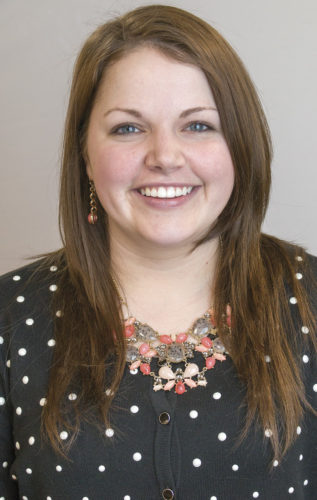As I write this editorial, I’m in Albuquerque, New Mexico, attending my second year of the Holstein Foundation’s Young Dairy Leaders Institute Class Eight. Last year, I met more than 40 mostly new faces from across North America as we participated in leadership and media training.
We were then challenged with advocating for the dairy industry in our respective local communities through several assignments over the year. We’re spending this week reporting on our advocating efforts of the past year and receiving additional training to keep moving forward.
One session of this year’s event focused on talking with consumers about animal welfare, a happy coincidence for me as this issue shares the welfare topic along with transition cow management and hoof health.
Communications adviser Joan Horbiak stressed that animal welfare is still the number one concern for consumers, but because of mainstream media attention to anti-farming films and undercover videos, their list of hot button issues is growing.
“Consumers are asking questions they’ve never asked before,” Horbiak said.
My friend Rebecca Shaw recently had an opportunity to respond to some of those questions. She’s an up-and-coming “agvocate” with an incredible passion for the industry. A professor began the first of one of her classes at Penn State this semester by showing the film Food, Inc .
Once the professor found out about Shaw’s ag background and views on the video, she invited Shaw and two other farm girls in the class to provide their perspectives before the showing and to develop discussion points afterward.
“When you watch this film, I don’t want you all leaving with this in your mind as an accurate picture of agriculture,” she told her classmates. “This isn’t how we are spending our lives and careers trying to feed you.”
Visit The Cow Chronicler to read more about Shaw’s experience, where she shares results from a class survey following the film. In her response to those survey results, she wrote in her blog, “We can argue all day in the agricultural community that we’re doing what it takes to reach out to consumers, but if the consumers disagree ... are we really doing what it takes?”
Part of the reason we’re not reaching consumers is because we have a tendency to only give the facts behind our industry. Even when introducing ourselves, we usually start with a number.
“I’m Jane Farmer, and I own a 500-cow dairy in Pennsylvania.”
Instead, Horbiak recommends sharing a piece of your dairy story.
“I’m Jane Farmer, and I’m the fifth generation on my family’s farm in Pennsylvania.”
The first thing we need to do when talking with consumers, especially about animal welfare, is to establish empathy. As leadership expert and author John C. Maxwell is attributed as saying, “People don’t care how much you know until they know how much you care.”
We know what we’re doing on our farms to keep cows comfortable, healthy and well fed. When talking with consumers, it’s important for us to lead with why the cows’ livelihood is so important to ours. Consumers want to hear us describe our values, not why well-treated cows make us better profits.
In the social media realm, we can help establish that connection for consumers by including ourselves in the images and videos we post.
“I see all of these great pictures of cows and calves on Facebook,” Horbiak said. “I just have one question, ‘Where’s the farmer?’”
Consumers want to know us. It’s why mainstream media outlets like The Guardian and the Mashable website recently featured stories about felfies (farmer + selfie), which is a self-portrait usually captured with a smartphone by a farmer and then posted to social media.
Felfies might not be your thing, and that’s OK. But the idea is the same – we as farmers are a major part of the picture of animal welfare. Find a way to help consumers see that. PD

-
Emily Caldwell
- East Coast Editor
- Progressive Dairyman
- Email Caldwell




